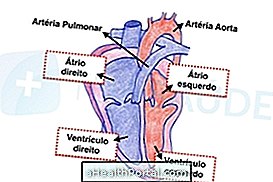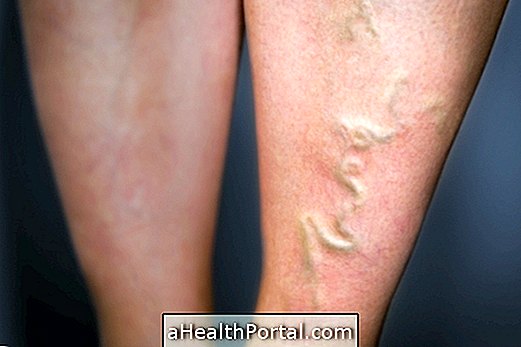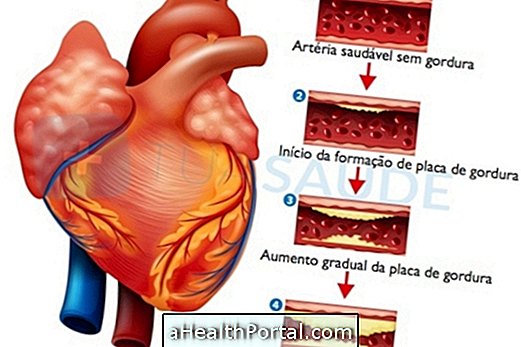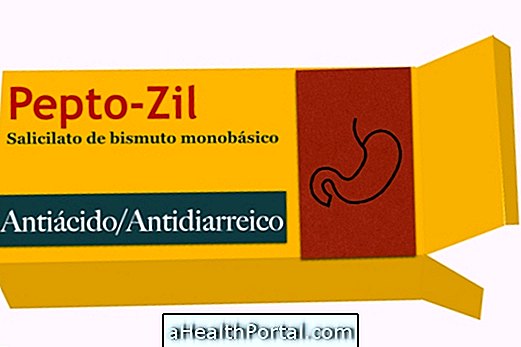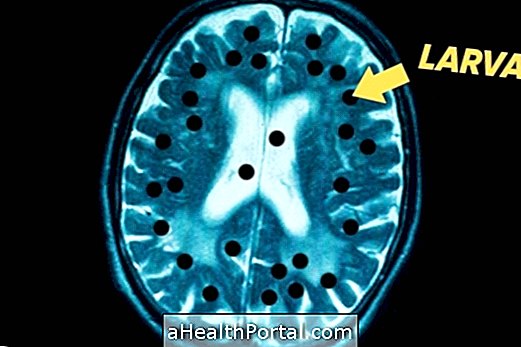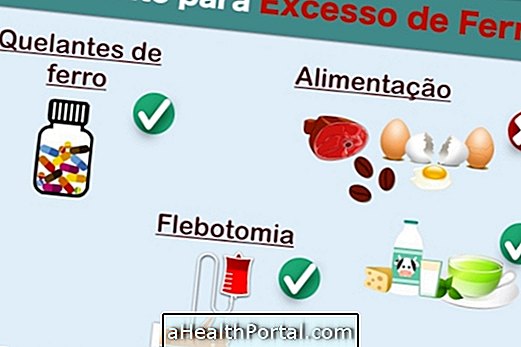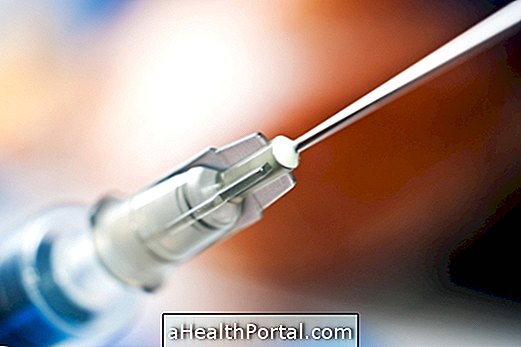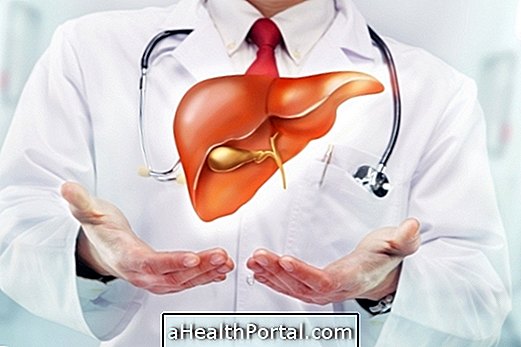The saphenous bridge, also known as myocardial revascularization surgery, is performed in cases where there is an obstruction of the vessels of the heart, which are the coronary arteries, a situation that can lead to myocardial infarction.
Thus, a portion of the saphenous vein, located in the leg, is removed to create a bridge over the vessels of the heart and make the blood passage possible.
This surgery is indicated in cases in which stent angioplasty, which is a small network that helps dilate the blood vessel, would not be enough to prevent the risk of heart attack and ensure the heart works.
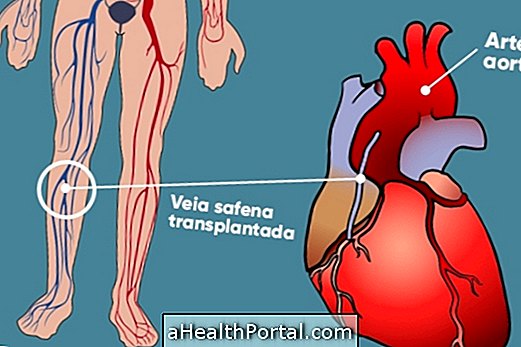
How is the surgery done
The surgery for saphenous bridge is delicate and lasts an average of 5 hours. The steps of surgery for the saphenous vein are:
- General anesthesia requiring a tube in the trachea to facilitate breathing;
- Withdrawal of part of the saphenous vein in the leg;
- A cut is made in the chest to gain access to the arteries of the heart;
- The doctor examines the clogged arteries, defining the sites to make the bridges;
- The saphenous vein is stitched in place;
- The chest is closed, with special sutures to approximate the sternum;
- At the end of the surgery, the tube in the trachea is maintained during the first few hours of recovery.
After surgery, the patient stays in the ICU for 2 to 3 days, then is transferred to the hospital room, where he will continue taking analgesics to avoid the pain and possible chest discomforts. At this stage you should start physical therapy through light exercises, walking and breathing exercises.
Although the saphenous bridge is the first choice for coronary revascularization, there are other vessels of the body that can be used for this purpose, especially the mammary arteries, which are vessels located in the thorax, thus being a procedure called the mammary bridge.
How is recovery
The recovery of this surgery is a bit slow and only after about 90 days is that the person can return to their daily routine.
In the postoperative period, usually after 2 days of surgery, the scar no longer needs dressings and it is only important to keep it clean and free of secretions. Up to 4 weeks after surgery, you should not drive or carry a load over 10 kg.
It is important to take the medications recommended by the cardiologist and attend the postoperative appointment, scheduled at the hospital. In addition, after recovery, it is important to continue with a healthy lifestyle, with a balanced diet and physical activities, to ensure a good functioning of the heart and avoid new obstructions in the circulation of the coronary. Here are the steps to keep your heart healthy.
Risks of the saphenous bridge
Because it is a long and complex surgery, because it is necessary to open the chest and interfere with the functioning of the heart, saphenous vein surgery offers some risks, such as infection, bleeding or an infarction during the procedure, but this is more common in people who already has a compromised health, kidney failure, other heart disease, or when surgery is performed urgently.
However, risks are minimized when the patient complies with all medical guidelines that may include control of feeding and use or discontinuation of certain medications prior to surgery, and in addition, the benefits of surgery often outweigh the risk of having a stroke and further harm to health.

